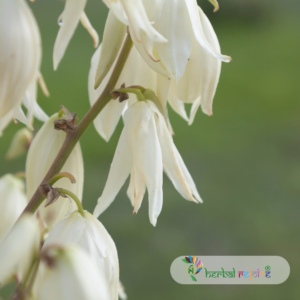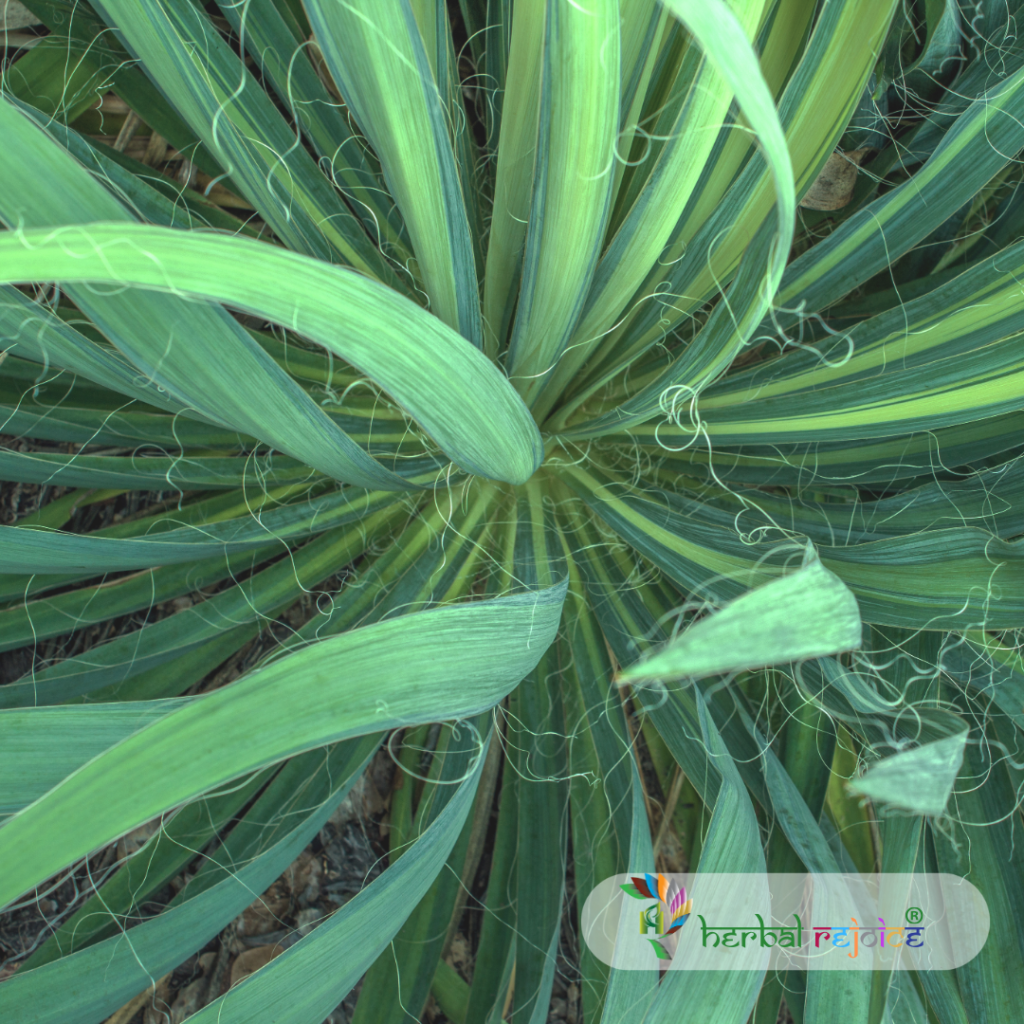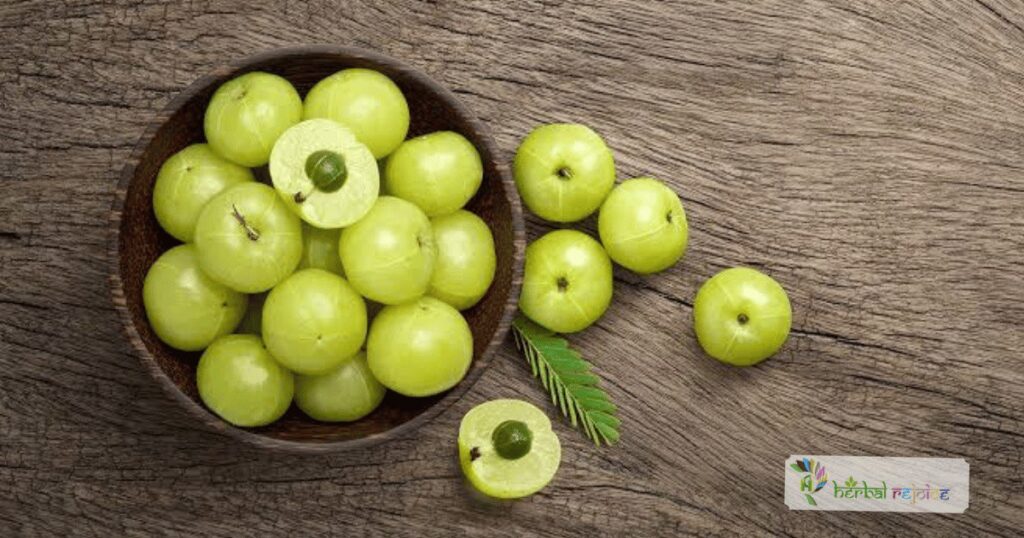Introduction
Yucca filamentosa Linn, also known as Adam’s Needle, is a plant native to the southern United States and has been introduced into Indian gardens. The plant’s rhizomes and leaves have been used for centuries in traditional medicine to treat various disorders, including glandular conditions, liver and gallbladder issues, and bilious headaches with a yellow tongue. Additionally, the root of Yucca filamentosa is used in the form of a tincture to alleviate symptoms of rheumatism, while poultices or salves made from the plant are effective in treating inflammations.
Chemical Constituents
The medicinal properties of Yucca filamentosa can be attributed to the presence of several steroidal sapogenins in its leaves. These sapogenins include sarsasapogenin, gitogenin, tigogenin, diosgenin, kammogenin, yuccagenin, hecogenin, manogenin, mexogenin, chlorogenin, and smilagenin. These compounds have been found to exhibit anti-inflammatory, analgesic, and antioxidant properties, which contribute to the plant’s therapeutic effects.

Health Benefits of Yucca filamentosa
One of the primary uses of Yucca filamentosa in traditional medicine is for the treatment of glandular disorders. The plant’s rhizomes and leaves are believed to have a regulatory effect on the glands, helping to normalize their functioning and alleviate symptoms associated with glandular imbalances. This includes conditions such as an overactive or underactive thyroid, which can manifest as fatigue, weight gain or loss, and mood disturbances. Yucca filamentosa can help restore balance to these glands and improve overall wellbeing.
In addition to its effects on the glands, Yucca filamentosa is also used to support liver and gallbladder health. The plant’s rhizomes and leaves have been shown to have cholagogue properties, meaning they stimulate the production and flow of bile from the liver to the gallbladder and eventually into the intestines. This helps to improve digestion, promote the breakdown of fats, and prevent the formation of gallstones. Yucca filamentosa may also have a protective effect on the liver, reducing oxidative stress and supporting its detoxification processes.
Another traditional use of Yucca filamentosa is in the treatment of bilious headaches accompanied by a yellow tongue. Bilious headaches are often associated with digestive disturbances and are characterized by a throbbing pain on one side of the head, nausea, and sensitivity to light and noise. The plant’s rhizomes and leaves are believed to have a calming and cooling effect on the liver and digestive system, helping to alleviate the symptoms of these headaches. The anti-inflammatory properties of Yucca filamentosa may also contribute to its effectiveness in treating headache symptoms.
Moreover, Yucca filamentosa has been used in traditional medicine to address emotional imbalances such as despondency and irritability. The plant’s calming properties are believed to help soothe the mind and promote a sense of relaxation and wellbeing. This may be attributed to the presence of sarsasapogenin in the rhizomes, which has been shown to have sedative and anxiolytic effects in animal studies. Yucca filamentosa may be used in herbal preparations or as a homoeopathic remedy to support emotional health and enhance mood.
In homoeopathy, Yucca filamentosa is used as a tincture for the treatment of bilious symptoms accompanied by a headache. The tincture is prepared from the herb and is believed to help balance the digestive system and alleviate symptoms associated with biliousness, such as indigestion, bloating, and nausea. It is also effective in reducing the intensity and frequency of headaches, particularly those associated with liver dysfunction. Homoeopathic practitioners may recommend Yucca filamentosa as part of an individualized treatment plan for patients with these specific symptoms.
Conclusion
In conclusion, Yucca filamentosa, commonly known as Adam’s Needle, has a long history of traditional use in the treatment of various disorders. The plant’s rhizomes and leaves are utilized for their therapeutic properties in addressing glandular imbalances, liver and gallbladder disorders, bilious headaches, and emotional disturbances. The presence of steroidal sapogenins in Yucca filamentosa contributes to its medicinal effects, which include anti-inflammatory, analgesic, and antioxidant activities. Whether used in traditional medicine or as a homoeopathic remedy, Yucca filamentosa offers a natural and holistic approach to improving overall health and wellbeing.
Frequently Asked Questions
1. What is Yucca filamentosa Linn?
Yucca filamentosa Linn, commonly known as Adam’s Needle, is a plant native to the southern United States and has been introduced into Indian gardens.
2. What is the history of Yucca filamentosa in traditional medicine?
Yucca filamentosa has been used for centuries in traditional medicine to treat various disorders, including glandular conditions, liver and gallbladder issues, and bilious headaches with a yellow tongue.
3. What are the medicinal properties of Yucca filamentosa?
The medicinal properties of Yucca filamentosa can be attributed to the presence of several steroidal sapogenins in its leaves. These compounds have anti-inflammatory, analgesic, and antioxidant properties.
4. How does Yucca filamentosa help with glandular disorders?
Yucca filamentosa is believed to have a regulatory effect on the glands, helping to normalize their functioning and alleviate symptoms associated with glandular imbalances.
5. How does Yucca filamentosa support liver and gallbladder health?
Yucca filamentosa stimulates the production and flow of bile from the liver to the gallbladder and intestines, improving digestion, promoting the breakdown of fats, and preventing the formation of gallstones.
6. What is the traditional use of Yucca filamentosa for bilious headaches?
Yucca filamentosa is used to alleviate the symptoms of bilious headaches, including throbbing pain, nausea, and sensitivity to light and noise.
7. How does Yucca filamentosa address emotional imbalances?
Yucca filamentosa has calming properties that help soothe the mind and promote relaxation, making it useful in addressing emotional imbalances such as despondency and irritability.
8. How is Yucca filamentosa used in homoeopathy?
In homoeopathy, Yucca filamentosa is used as a tincture to treat bilious symptoms accompanied by a headache. It helps balance the digestive system and alleviate indigestion, bloating, and nausea.
9. What are the specific symptoms that Yucca filamentosa can help with?
Yucca filamentosa can help with symptoms of glandular imbalances, liver and gallbladder disorders, bilious headaches, and emotional disturbances.
10. How can Yucca filamentosa be used in herbal preparations?
Yucca filamentosa can be used in herbal preparations to address the symptoms it is known for, such as digestive issues, liver and gallbladder problems, and emotional imbalances.
11. What are some other traditional uses of Yucca filamentosa?
Yucca filamentosa has also been used traditionally to help alleviate symptoms of rheumatism and treat inflammations.
12. What are the potential side effects of using Yucca filamentosa?
There are rarely reported side effects when using Yucca filamentosa, but some individuals may experience digestive upset or allergic reactions. It is always recommended to consult with a healthcare professional before using any herbal remedy.
13. Is Yucca filamentosa safe for pregnant or breastfeeding women?
There is limited research on the safety of Yucca filamentosa for pregnant or breastfeeding women. It is best to consult with a healthcare professional before using it during these times.
14. Can Yucca filamentosa be used as a standalone treatment for any condition?
While Yucca filamentosa has been used traditionally to treat various conditions, it is important to note that it should not be used as a standalone treatment. It is always best to consult with a healthcare professional for a comprehensive treatment plan.
15. Are there any interactions between Yucca filamentosa and medications?
There is limited research on the interactions between Yucca filamentosa and medications. It is best to consult with a healthcare professional before using it alongside any medications.
16. Can Yucca filamentosa be grown in home gardens?
Yes, Yucca filamentosa can be grown in home gardens, particularly in regions with a warm climate.
17. How long does it take for Yucca filamentosa to grow?
Yucca filamentosa typically takes several years to reach its full height and maturity.
18. Are there any special care requirements for growing Yucca filamentosa?
Yucca filamentosa is a hardy plant and requires minimal care. It thrives in well-draining soil and can tolerate drought conditions.


